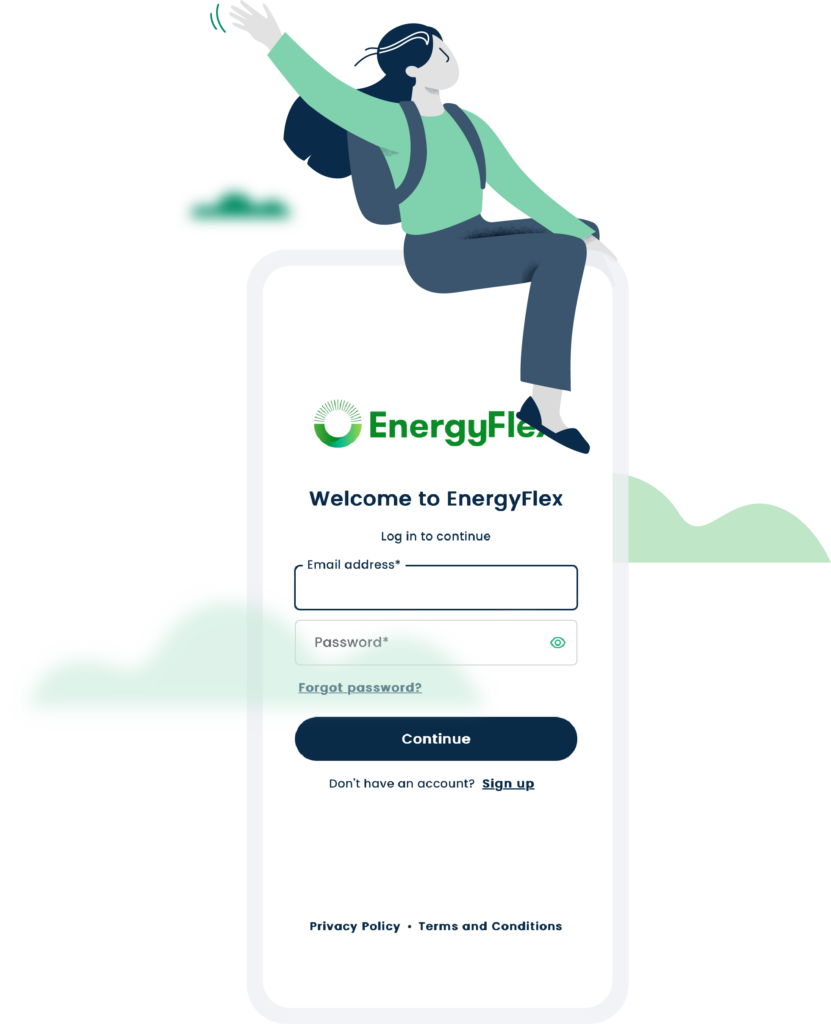While the concepts of energy flexibility and energy efficiency seem similar, they serve distinct purposes and are both vital for optimising energy consumption and supporting the transition to renewable energy.
Doing more with less vs timing
So, what’s the difference between energy flexibility and energy efficiency? And why are both important?
What is energy efficiency?
Energy efficiency is about reducing overall energy consumption without compromising on performance. It’s about achieving the same outcome using less energy. Upgrading to energy-efficient appliances like LED lighting, smart thermostats, and high-efficiency HVAC systems are common ways to enhance energy efficiency. The goal here is to reduce the energy required to perform tasks to lower energy bills and decrease carbon footprint.
What is energy flexibility?
Energy flexibility, on the other hand, is when you adjust when and how much energy you use based on external factors like market signals and renewable energy availability. This approach allows you to use power when it is cheapest and most abundant, rather than strictly reducing usage.
For example, running your dishwasher or washing machine in the middle of the day when solar energy production is high can save money and reduce strain on the grid compared to using them during peak evening hours. What’s more, using an appliance with a 3-star energy efficiency rating during renewable periods could be cheaper than using a 5-star-rated appliance during the evening peak.
Bottom line: With energy efficiency, the goal is to use less electricity. With energy flexibility, when you use electricity is more important than how much you use.
Why both energy flexibility and energy efficiency matter
1. Supports renewable energy
- Energy efficiency is vital for critical functions that need to operate continuously, like hospital ventilators, traffic lights, and transport networks. Aiming for “extreme efficiency” for essential equipment can reduce the need for backup or storage power, which enables a renewable grid.
- Energy flexibility: Aligns energy consumption with renewable energy availability, maximising the use of clean energy during the day and minimising reliance on fossil fuels during peak overnight periods.
2. Saves costs
- Energy efficiency: Directly lowers energy bills by reducing consumption.
- Energy flexibility: Lets you take advantage of lower rates during off-peak times, further reducing costs.
3. Environmental impact
- Energy efficiency: Lowers greenhouse gas emissions by decreasing energy use.
- Energy flexibility: Reduces peak demand on the grid, lessening the need for fossil fuel-based backup power and enhancing grid stability.
Power duo
How to leverage both energy flexibility and energy efficiency to reduce your bills and carbon emissions and get Renewables Ready.
- Combine strategies: Aim for extreme efficiency for appliances and machines that need to run continuously and cannot be flexible. Appliances that don’t need to be on all the time should be operated flexibly.
- Monitor energy usage: Leverage smart meters and energy management systems like the free EnergyFlex app to track and optimise consumption.
- Automate where possible: Minimise the effort to employ flexibility by automating systems where possible, for example, by using timer switches on appliances.
While both energy efficiency and energy flexibility are essential components of a sustainable energy future, they play distinct roles.
Energy efficiency is a constant pursuit of reducing consumption, while energy flexibility is about strategically timing your energy use to match renewable energy availability.
By understanding the unique benefits of each approach and strategically combining them, we can unlock the full potential and benefits of the energy transition.
As we continue to transition to a renewables-powered grid, embracing both energy efficiency and energy flexibility will be key to creating a more sustainable, affordable, and reliable energy system for all Australians.





